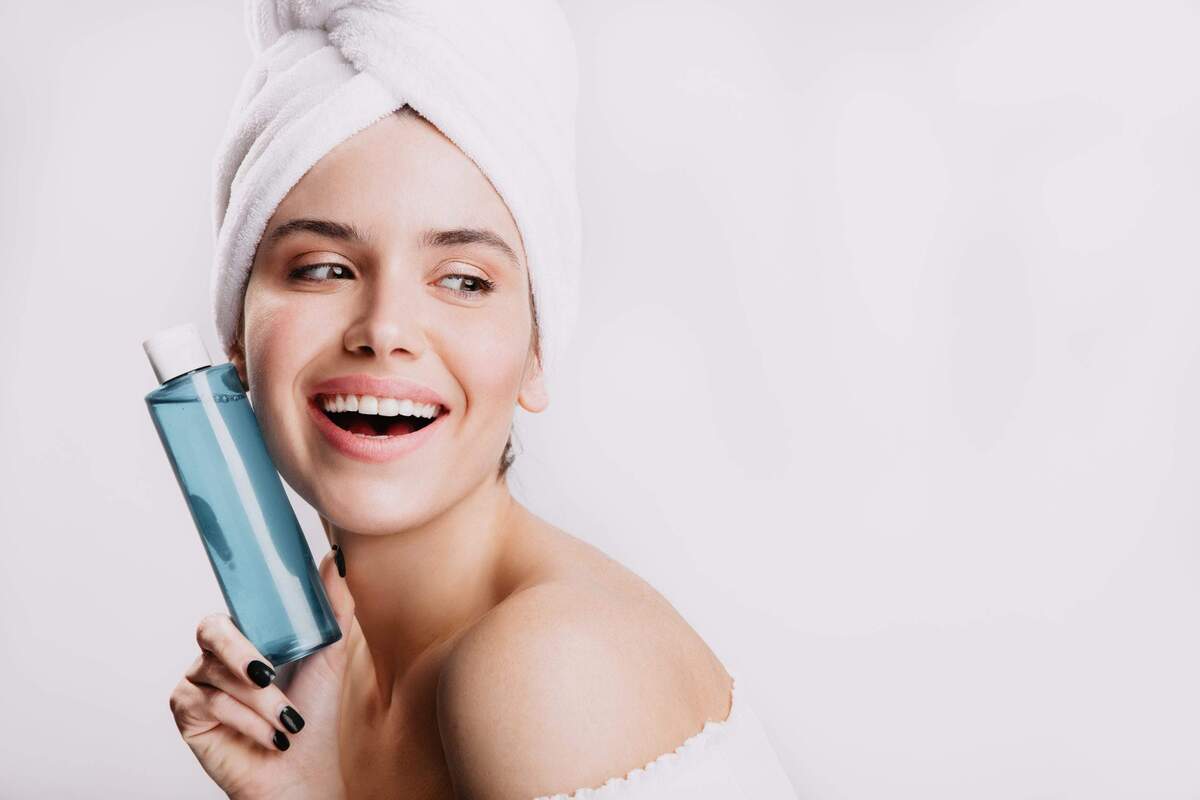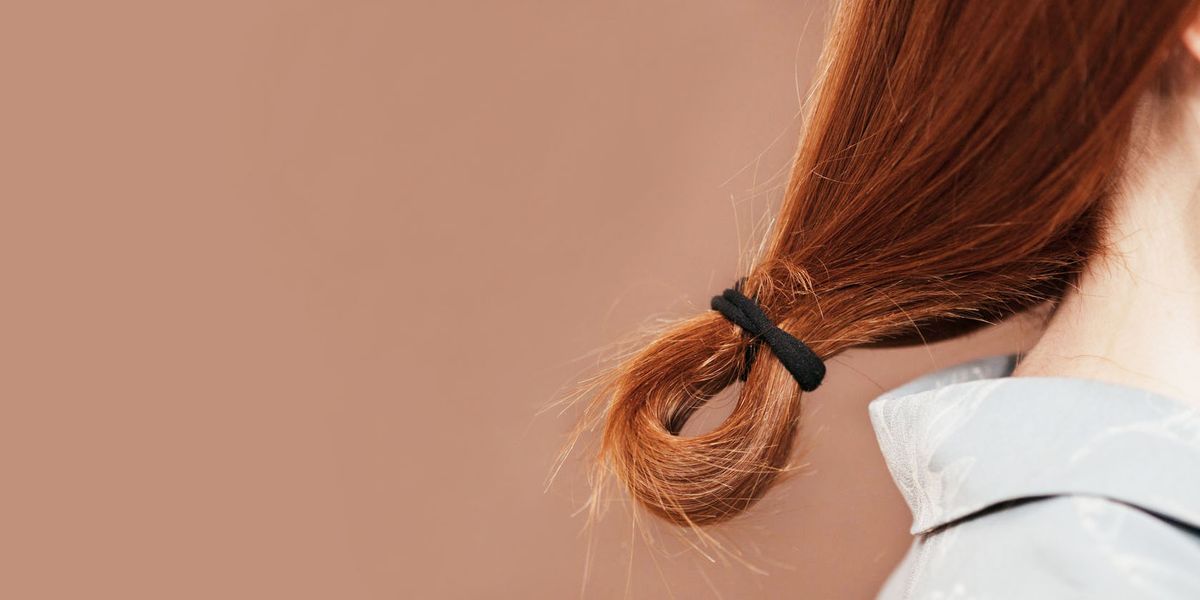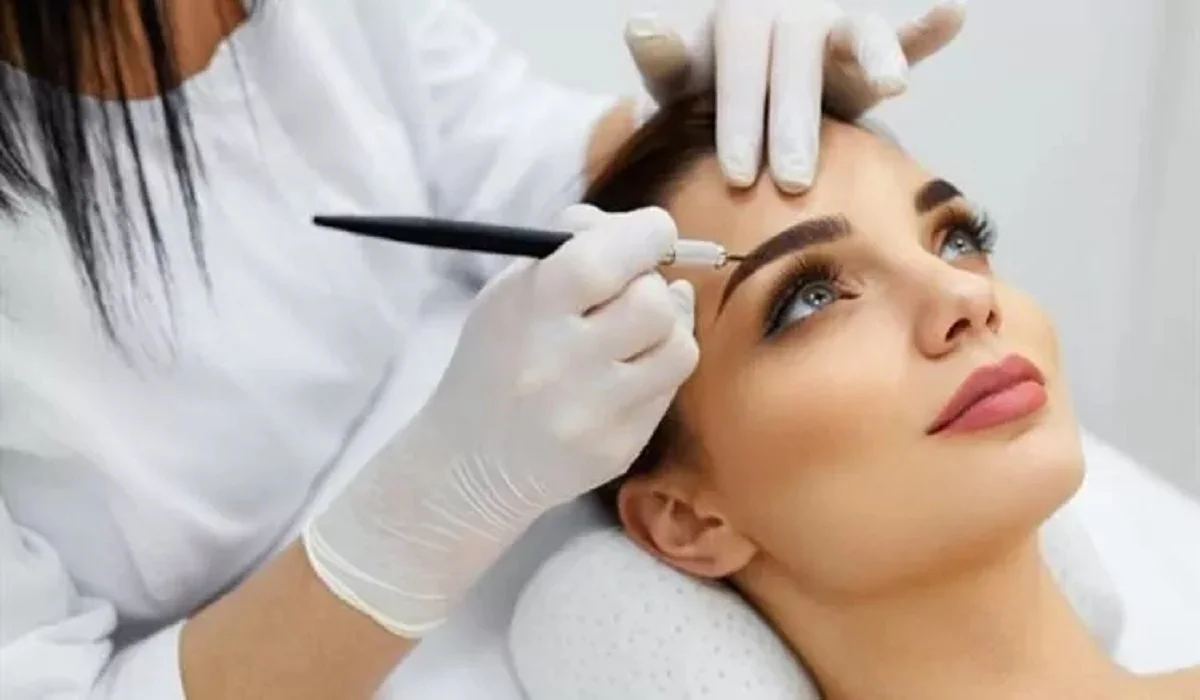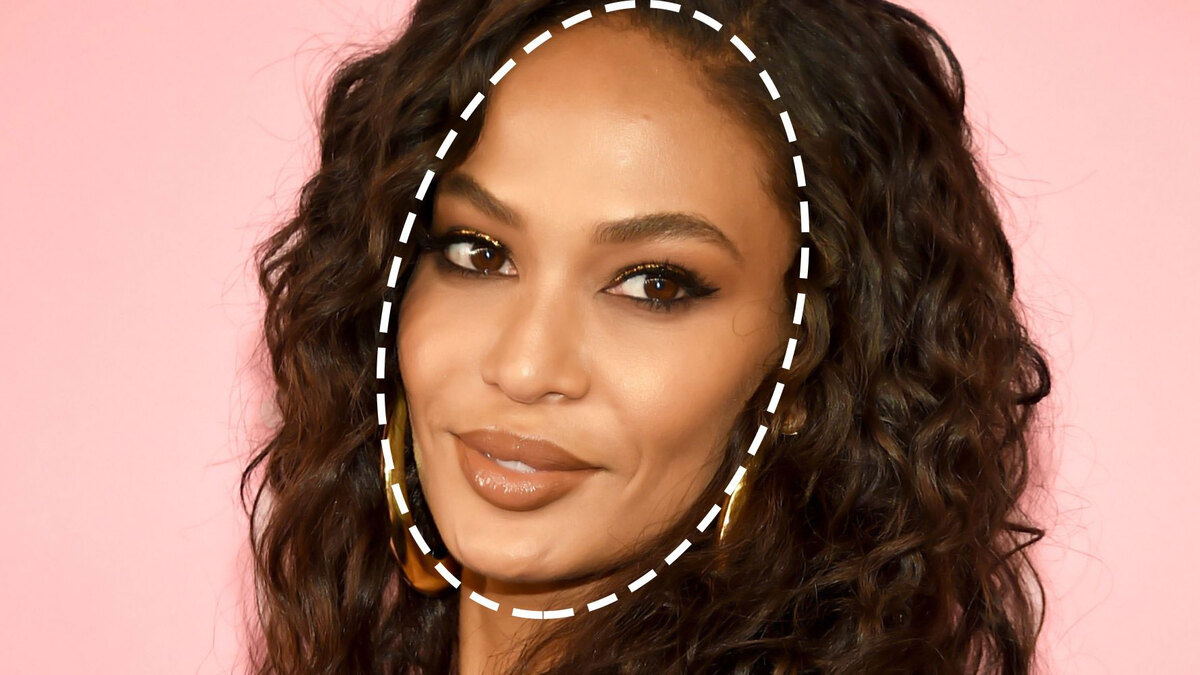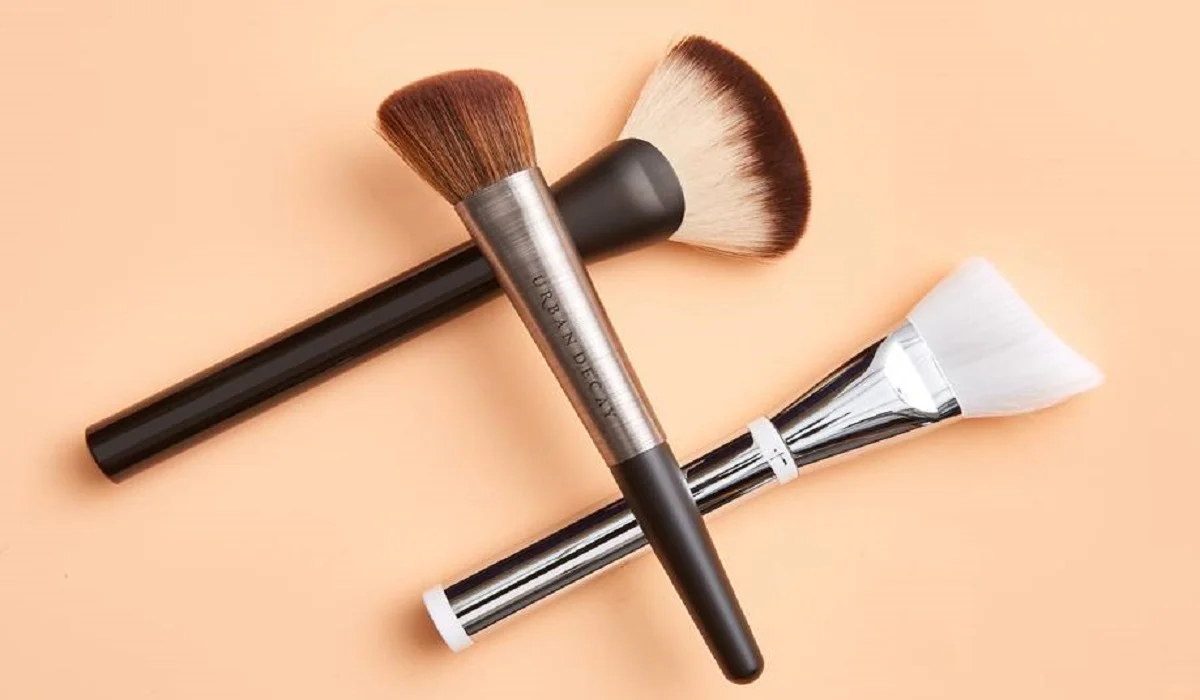Mastering the art of bronzing can elevate your beauty regimen by infusing your complexion with warmth, depth, and a vibrant, healthy radiance. Unlike the sculpting effects of contouring or the luminosity added by highlighting, bronzing recreates the natural warmth of sunlight on the skin, ensuring a look that’s both natural and glowing. This comprehensive guide will equip you with the knowledge to use your bronzer brush with the finesse of an expert artist.
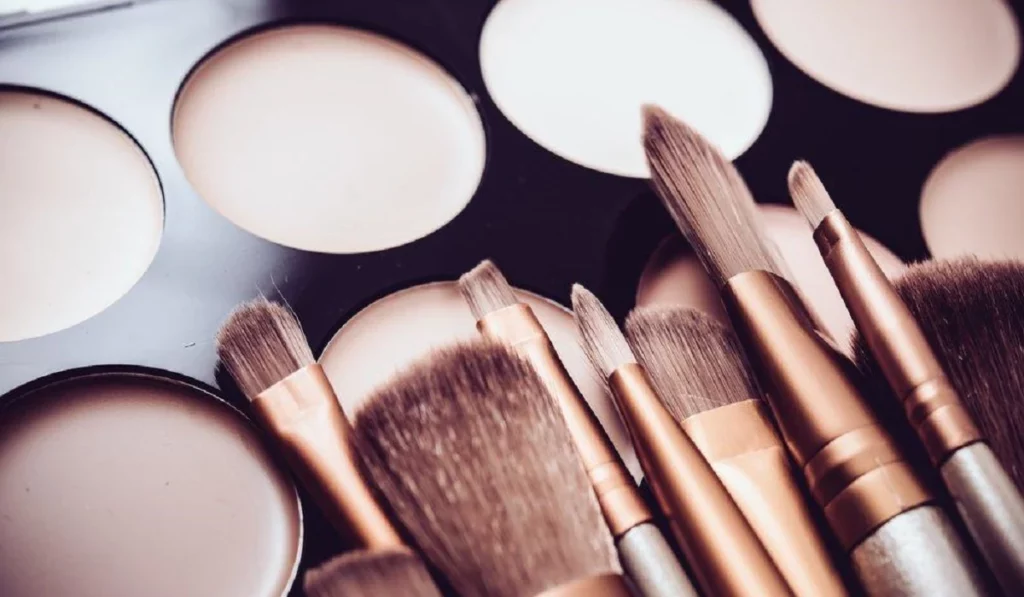
Choosing Your Ideal Bronzer
Embarking on the journey to find the quintessential bronzer involves navigating through the varieties of powder, cream, and liquid forms. Each type offers distinct advantages, suited to different skin types and personal preferences. Powder bronzers excel for those with oily skin and facilitate straightforward application, cream bronzers provide a moist finish ideal for dry skin, and liquid bronzers deliver an unparalleled natural effect suitable for every skin type. The cornerstone of a flawless selection is picking a hue one or two shades deeper than your skin, ensuring a blend that’s both seamless and devoid of an unnatural, muddy, or orange cast.
Essential Application Tools
The transformative power of bronzer is not solely in the product but also in the technique of application. Essential for achieving a perfect finish, the right tools are indispensable. A plush, angled brush is the best match for powder bronzers, offering a soft, widespread application, while a stippling brush is most effective for creams and liquids, providing the blendability and precision needed. Maintaining these tools through regular cleansing is vital to prevent buildup and guarantee a smooth application every time.
Skin Preparation for Bronzer
The foundation of a stellar bronzer application lies in the initial skin preparation. A regimen that includes a hydrating moisturizer and a smoothing primer sets up the perfect canvas, enhancing both the bronzer’s appearance and its durability. A foundation that mirrors your skin tone acts as a seamless base, facilitating the bronzer’s blendability and ensuring an absence of streaks or uneven areas.
Fundamental Application Methods
The essence of bronzing is to mimic a genuine sun-kissed effect, as though returning from a seaside getaway. To achieve this, apply the bronzer to areas typically kissed by the sun: your forehead, cheekbones, and jawline, employing a light touch and building intensity gradually to avoid stark lines or patchiness. The mantra “less is more” holds true in the realm of bronzing.
Elevated Bronzing Strategies
For those aspiring to refine their bronzing skills, utilizing bronzer for subtle contouring and enhancing the natural radiance is a strategy worth exploring. Applying the bronzer in a “3” shape on your face’s sides, blending from the forehead down under the cheekbones and across the jawline, not only adds warmth but also softly contours, imparting definition in a manner far more subdued than traditional contour products.
Avoidable Bronzing Faux Pas
Over-application ranks high among common bronzing errors, leading to an unnatural appearance. It’s crucial to shake off excess product before application and use a restrained hand. Equally, choosing an incorrect shade can create an undesired orange or muddy look. Opting for a bronzer with a neutral undertone that complements your skin color, steering clear of excessively red or orange options, is advisable.
Bronzer for Varied Skin Shades
Bronzing should be customized to suit individual skin tones. Light, peach-toned bronzers are recommended for fair skin, while medium skin tones can embrace golden or rose gold variations, and deep, warm bronzers with red or golden undertones are perfect for dark skin. Experimentation is key to discovering your ideal shade, with the option to mix colors for a tailored glow.
Adapting Bronzer Use Across Seasons
With the changing seasons, your bronzing approach should also evolve. In summer, enhance your tan with a shimmering bronzer for a radiant, golden sheen, applying it sparingly. Winter, on the other hand, demands a toned-down application focused on adding warmth and counteracting the pale, faded look typical of the colder months. Seasonal adjustments in your bronzer’s shade and application method ensure a consistently natural and fitting radiance all year round.
Bronzer Techniques for Different Facial Structures
Recognizing your facial shape can significantly improve your bronzing technique. Round faces benefit from bronzer along the cheekbones and jawline to define, while square faces should soften their features by applying bronzer on the face’s sides and jawline. For heart-shaped faces, bronzer should be applied on the lower cheekbones and along the hairline to harmonize facial proportions.
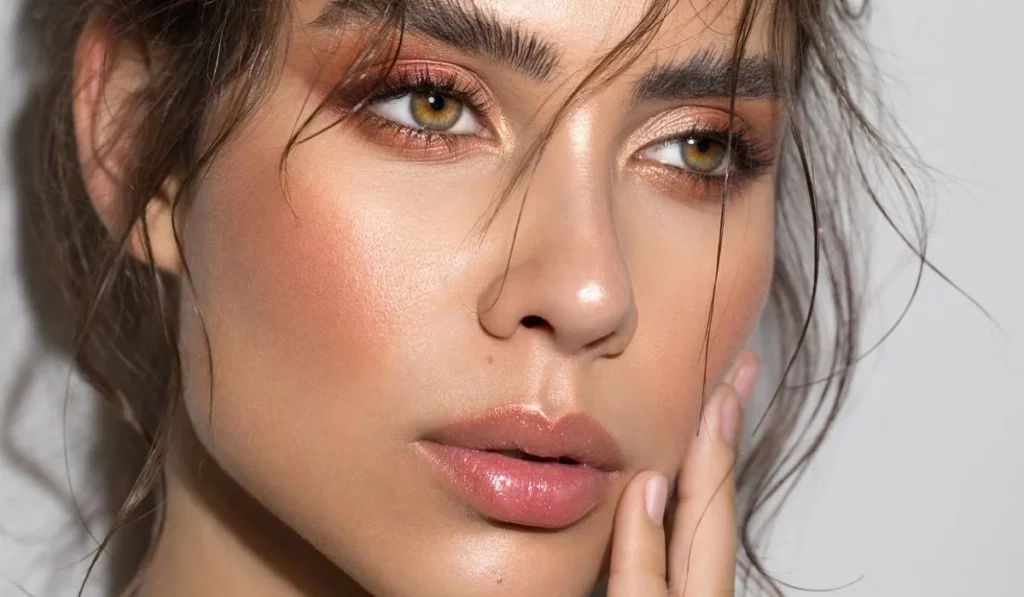
Integrating Bronzer into Your Makeup Routine
For a unified makeup appearance, merge bronzer with your blush and highlighter seamlessly. Begin with blush on the cheeks’ apples, then sweep bronzer along the cheekbones, ensuring a smooth transition where they meet. Apply highlighter last, on the face’s high points, to craft a radiant, dimensional effect. A final mist sets the makeup, blending the products flawlessly for an impeccable finish.
Bronzer Beyond the Face: Body Contouring
Expand the use of bronzer beyond your face to contour the body. Enhance the collarbones, shoulders, and neck sides for a slimming effect. For the legs and arms, employ bronzer to accentuate muscles and create a more toned appearance, ensuring thorough blending for a believable look.
Ensuring Bronzer Endurance
For bronzer that lasts all day, finalize the application with a setting spray. Keep a compact bronzer and brush handy for quick touch-ups. Layering bronzer over a cream base can also amplify its staying power, averting fading or blotchiness as the day progresses.
Troubleshooting Bronzer Complications
Should you encounter blotchiness or uneven application, a clean brush or sponge can be used to blend the bronzer more evenly. If the bronzer appears overly dark or intense, a light dusting of translucent powder can help soften and lighten the color. Adjusting your bronzer application to suit different lighting conditions, such as natural daylight versus artificial light, ensures a consistently natural appearance in any environment.
Natural Bronzer Formulations
For those inclined towards a more natural makeup approach, DIY bronzer recipes present a customizable, chemical-free option. Ingredients like cocoa powder, cinnamon, and cornstarch can be mixed to create a bronzer perfectly matched to your skin tone, offering an enjoyable and environmentally friendly alternative.
Sustainable and Organic Bronzer Choices
The current beauty landscape sees a rising demand for sustainable and organic makeup solutions. Numerous brands now provide eco-friendly bronzers, formulated with natural ingredients, devoid of harmful chemicals, and presented in recyclable packaging. Choosing these products benefits not only your skin but also promotes environmental stewardship.
Achieving Bronzing Mastery
The path to bronzing mastery is one of exploration and practice. By comprehending your skin type, selecting the appropriate tools and techniques, and sidestepping common mistakes, you can secure a flawless, sun-kissed complexion that amplifies your natural allure. Remember, makeup serves as an outlet for personal expression; fearlessly experiment to discover what best suits you.
What is the optimal method for applying bronzer to attain a natural look?
For a naturally radiant appearance, sparingly apply bronzer to areas typically touched by sunlight, such as the forehead, cheekbones, and jawline, utilizing a fluffy brush for a soft, diffused finish, and gradually building up the color to prevent over-application.
How do I identify the most suitable bronzer shade for my skin tone?
Choose a bronzer one or two shades darker than your natural skin tone that harmonizes with your undertone. Those with fair skin should opt for light, peachy bronzers; individuals with medium skin may prefer golden or rose gold hues, and those with dark skin should select deeper, warm bronzers with red or golden undertones.
Is bronzer applicable for contouring purposes?
Indeed, bronzer can be employed for a gentle, natural contour. Apply it beneath your cheekbones, along your jawline, and at your forehead’s edges, opting for a matte bronzer that closely matches your skin tone for the most natural outcome.
What strategies can enhance the durability of my bronzer?
To guarantee enduring bronzer wear, commence with a primer, apply the bronzer atop a foundation or cream base, and set your makeup with a setting spray. For midday touch-ups, bring along a compact bronzer and brush.
What are some environmentally friendly bronzer options?
Seek out bronzers from brands that utilize natural, organic ingredients and sustainable packaging. A growing number of beauty brands now offer products that are free from harmful chemicals, cruelty-free, and environmentally conscious.
Can bronzer be applied to the body?
Absolutely, bronzer can be applied to enhance the collarbones, shoulders, and even the legs for a cohesive, sun-kissed effect. Employ a large, fluffy brush for uniform application and ensure thorough blending.
How can I rectify bronzer that appears too dark or muddy?
If your bronzer seems overly dark or muddy, use a clean, fluffy brush to blend it out. Lightly applying translucent powder over the area can also help to soften and lighten the bronzer’s appearance.

